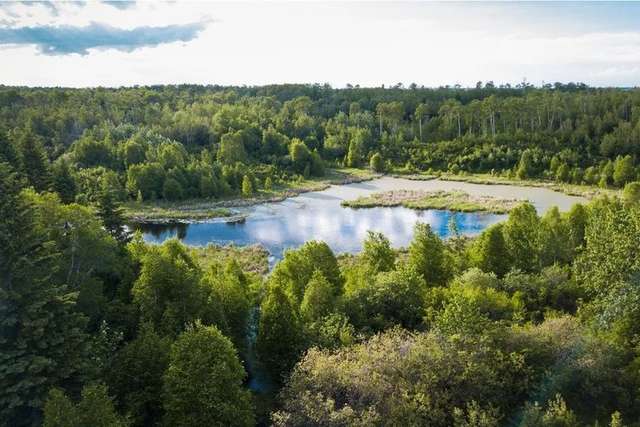Nature & Environment
Beaver Hills Biosphere Expands Protected Wetlands
A new conservation initiative near Edmonton will safeguard over 2,000 hectares of wetlands, supporting biodiversity and improving water quality in the region.
By By Emily Fraser • 2025-08-03

The Beaver Hills Biosphere, a UNESCO-designated area east of Edmonton, has announced the expansion of its protected wetlands by more than 2,000 hectares. The move is part of a long-term conservation strategy aimed at preserving biodiversity and improving water quality in the region.
The newly protected areas include a mix of marshes, ponds, and riparian zones that provide habitat for over 150 species of birds, as well as beavers, moose, and other wildlife. Conservationists say these ecosystems play a crucial role in filtering water, storing carbon, and mitigating the effects of flooding.
Funding for the expansion came from a partnership between the federal and provincial governments, along with contributions from environmental NGOs and local landowners. “This is a collaborative effort that reflects the value our community places on the health of these lands,” said biosphere director Emily Carlson.
The expansion also aligns with Canada’s broader commitment to protect 30 percent of its land and water by 2030. By securing additional wetland areas, the Beaver Hills Biosphere is helping to meet these targets while supporting sustainable land use practices.
Local schools and universities are expected to benefit from the project through expanded opportunities for environmental education and field research. “Our students will be able to study biodiversity and ecosystem services right here at home,” said Dr. Alan Meyer, an ecologist at the University of Alberta.
The wetlands will remain accessible for low-impact recreational activities such as birdwatching, photography, and hiking. However, stricter regulations will be enforced to prevent habitat disturbance and ensure that conservation goals are met.
Carlson emphasized the importance of community involvement in maintaining the newly protected areas. “Protecting wetlands isn’t just about setting aside land—it’s about ongoing stewardship,” she said. “We invite everyone to be part of that process.”
The Beaver Hills Biosphere expansion is expected to be completed by the end of the year, with habitat restoration work beginning in early spring.